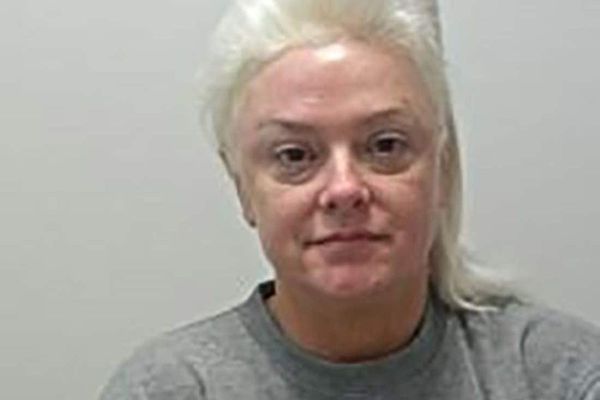Drone technology was employed to count free-roaming dogs around Bengaluru’s lakes and other open spaces. Touted to be the first of its kind in India, the exercise was done by VayDyn, a startup at ARTPARK IISc (Artificial Intelligence & Robotics Technology Park, Indian Institute of Science) in association with the Bengaluru civic body as a pilot project.
The Bruhat Bengaluru Mahanagara Palike (BBMP) initiated the stray dog survey across its eight zones on July 11 which will help determine the number of stray dogs in the city, their gender, and help continue the civic body’s Animal Birth Control (ABC) programme. The previous survey, conducted in 2019, estimated the stray dog population at 3.1 lakh.
“The drones will help the BBMP to identify the stray population at lakes that will require more time to conduct a ground survey. Though the drones may not be able to identify the gender and neutering status of the dogs, it will contribute to the general dog population survey,” said K.P. Ravikumar, Joint Director, BBMP Animal Husbandry.
The civic body has identified 1,368 grids or mirco-zones to conduct the survey Out of these, 772 are located in commercial areas, 209 around lakes, 207 in slum areas, and 180 classified as others. A grid is identified for every 0.5 km and the survey was conducted on two-wheelers to ease the process
The data gathered from the drone survey will be analysed and cross-validated with information collected by the conventional ground survey team. If the data aligns, the team envisions that all safe and open flying spaces in the city could be surveyed with drones in the future. This approach is expected to be more time and cost-efficient compared to traditional survey methods. The team also highlights the advantage of conducting surveys during both day and night, enhancing the survey’s specificity.
The team selected Hulimavu, Sarakki, Seegehalli, and Yele Mallappa Shetty lakes as proof of concept and the drones have successfully captured and identified dogs using artificial intelligence. The drone also captures and generates the difference between other stray animals like cats and cows.
On asked why the startup chose lakes for the survey, Varun Raghavendra, the founder of VayDyn says “India has an urban air space that is very cluttered. Lakes are a safe space to fly; worst case scenarios even if the drone crashes, it could fall in the lake causing no physical damage or injuries. Drones also have a very complex electromechanical system, the drones are susceptible to interference by signals and waves from light poles, current poles and other GPS signals which are lesser around lakes”.
While conducting the pilot project, the team encountered challenges related to operating drones in urban airspaces due to airspace regulations and safety concerns. “Drones are these days categorised as an aircraft, so it comes with a lot of airspace regulations. In an urban city like Bengaluru, it’s hard as we have many clusters and sensitive areas. There are a couple of airports in and around the city where drones can not be operated for a five kilometre radius around the airport. Other sensitive areas are the cantonment area, the DRDO testing lab areas, that are all no-drone zones, which limits us from doing the survey. The second limitation is the safety of the drones. If there is a really strong wind, the drones can be swept away, and if you are flying too low, the drone can be hit by a bird”, said Mr. Varun.
Once BBMP completes the survey, the data will be handed over to the Indian Council of Agricultural Research – National Institute of Veterinary Epidemiology and Disease Informatics (ICAR-NIVEDI), Bengaluru, who using scientific methods will determine the status of the survey.
On the other hand, animal activist Arun Prasad says the use of drones is apt for grasslands and not for an urban city such as Bengaluru “There are thousands of stray dogs that live under vehicles, in drainage systems, and some between building complexes, which can not be captured by a drone. These drones are only affective in grasslands where there is no aerial obstruction and places for animals to hide.”







